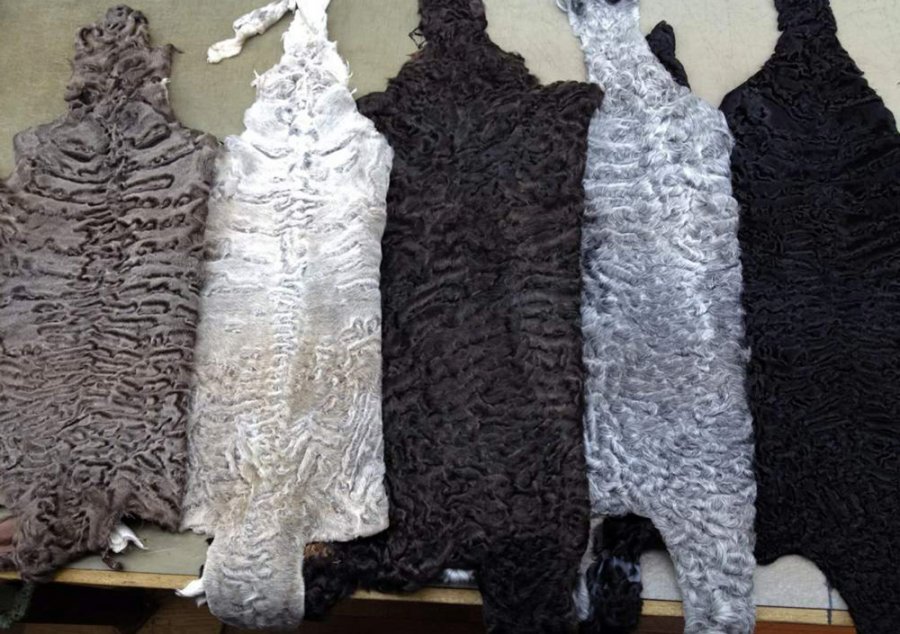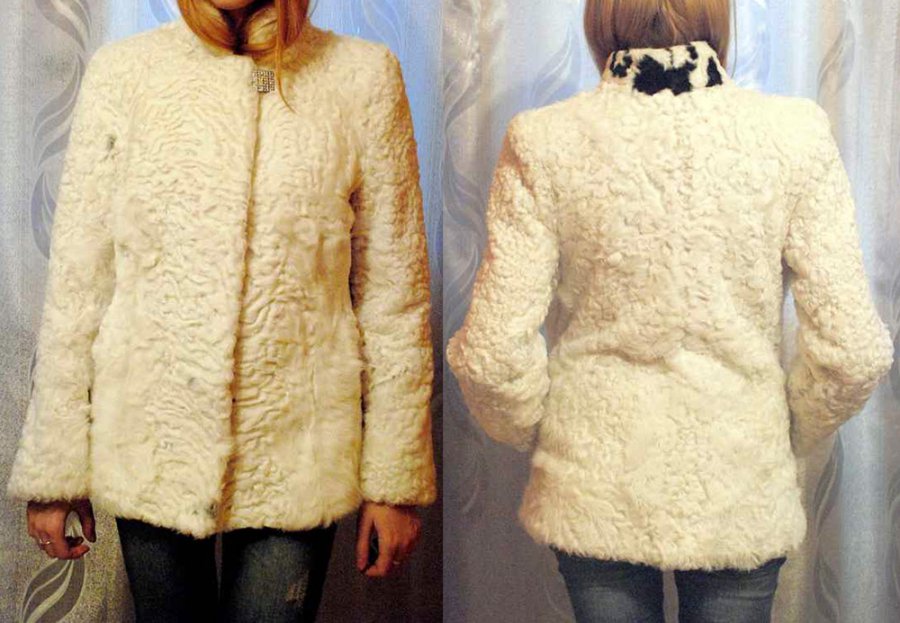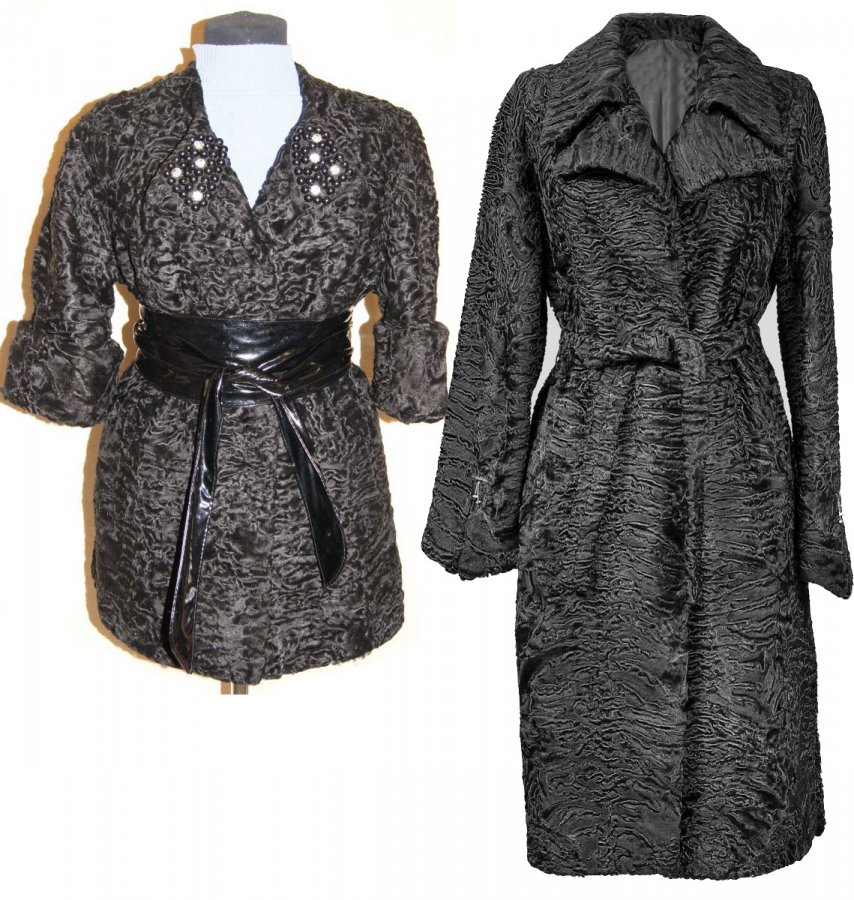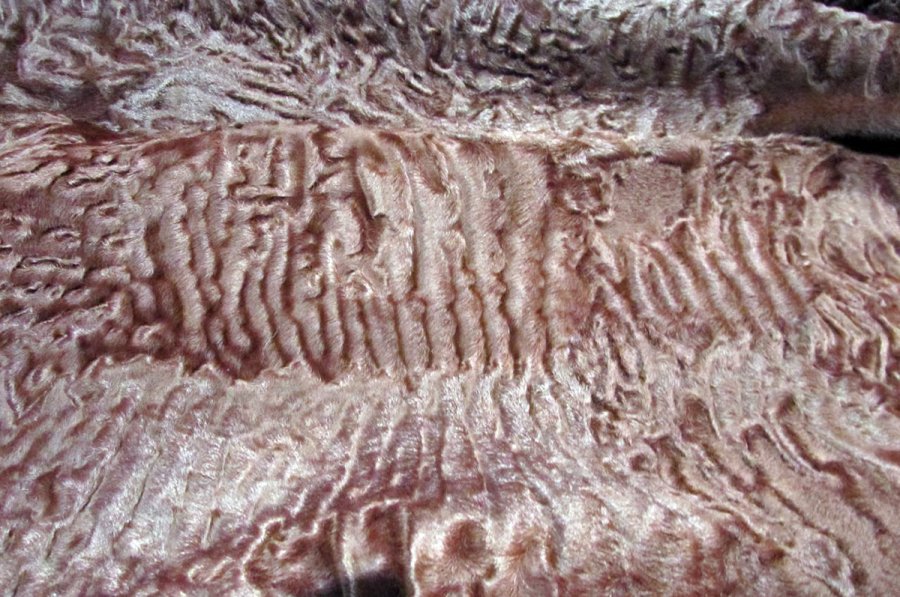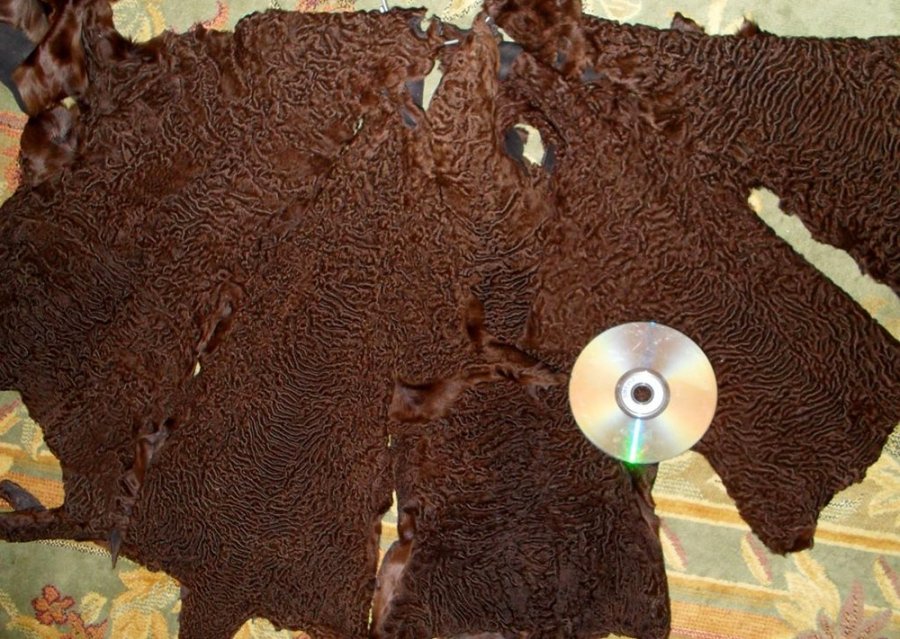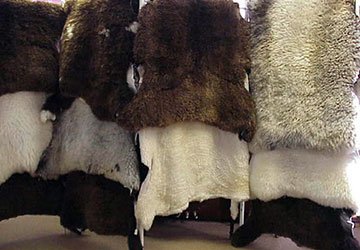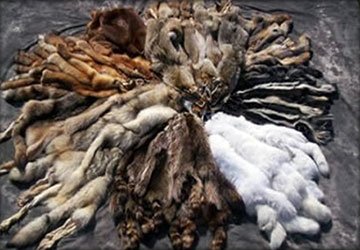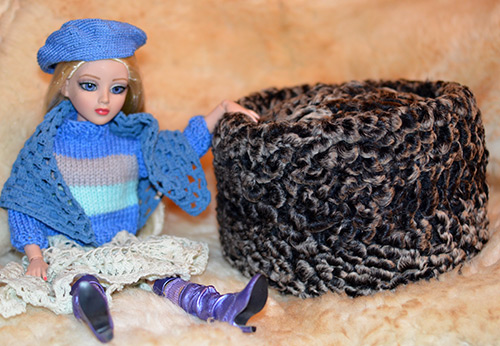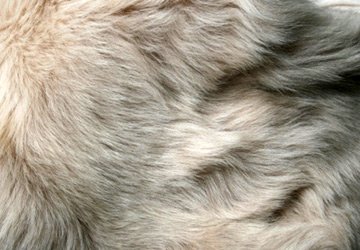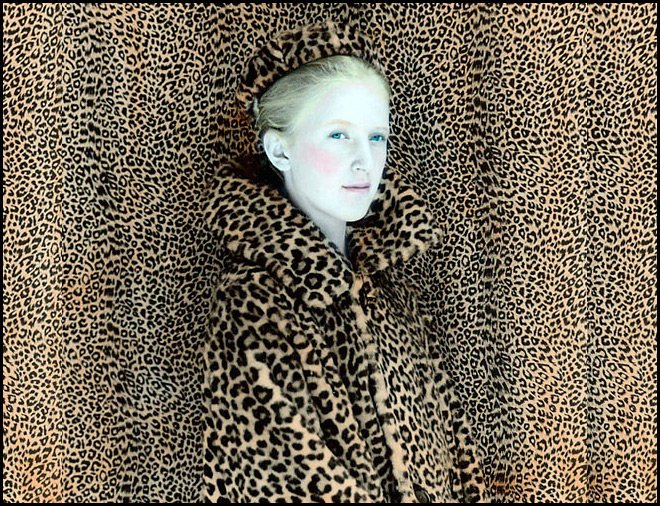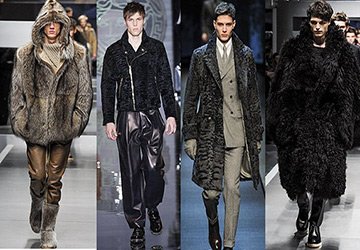Materials Science
Karakul and broadtail
Their texture is unusual, and the stylish cut will add charm to the image. Large, irregular curls of karakul are a unique effect in the product. These flexible materials have always been loved by designers and fashionistas alike. Among the variety of this fur, you can choose the one that will be the best for you.
Several types of fur can be obtained from a domestic lamb. For example, sheepskin - the fur of an adult sheep - one of the warmest and most durable. Its wear resistance is 55% of the standard.
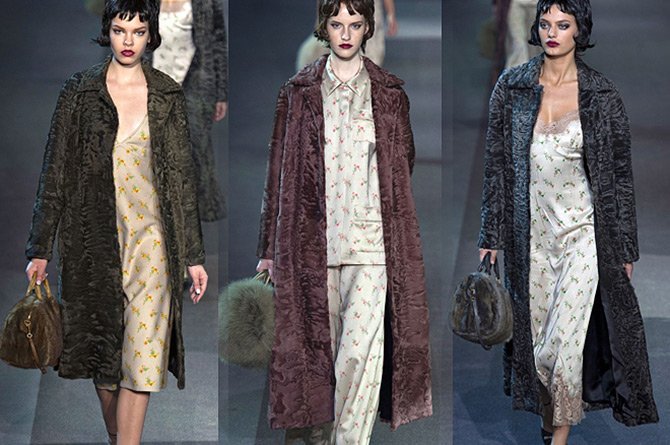
Mouton - also sheep's fur, but processed in a certain way.
Karakul and broadtail are skins of lambs, for which the Karakul breed of sheep is used.
Sheep fur, including astrakhan and broadtail, is not only beautiful and elegant, it is better adapted to external climatic influences than any other fur. This fur is easy to clean and dye.
Previously, karakul was worn by women aged 35+. Now this fur is popular among very young girls.
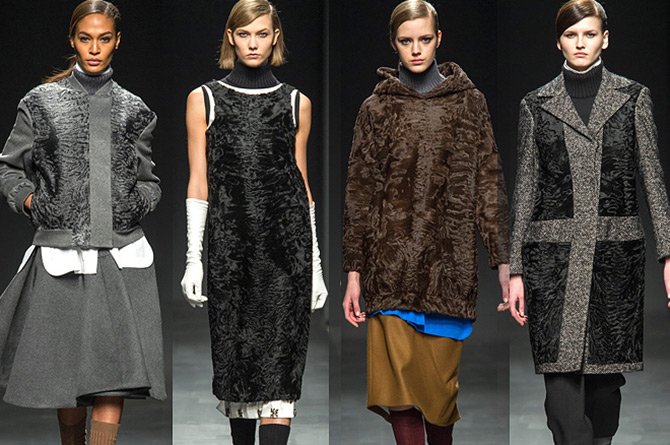
And so, let's figure it out - what is karakul and what is karakul?
Karakul is the skins of newborn lambs - no older than three days. The female bears cubs for 20-25 weeks, and usually 1 or 2 lambs are born, and some types of sheep are capable of producing 3-4 cubs. In terms of its durability, astrakhan fur is not inferior to sheepskin. The natural color of karakul is black, gray, sometimes silver and golden, and very rarely - white. The value of black karakul is determined by the beauty of the pattern, which is formed by the curls of wool. In each skin, intricate lines and curls create unique and fantastic patterns on the surface of the fur.
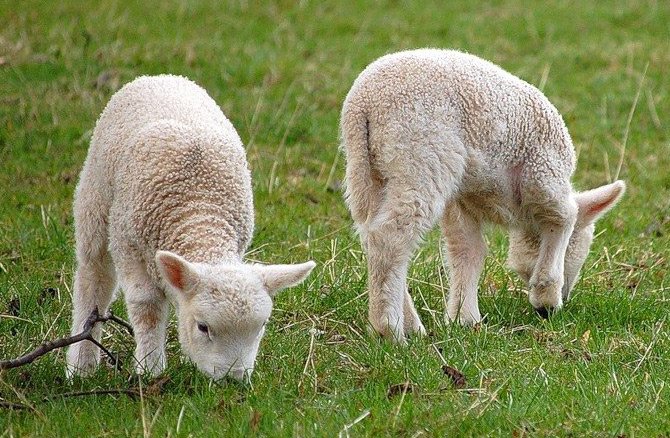
In gray, curls are less pronounced, but it is no less beautiful due to color transitions.
If there is a certain amount of brown hairs in the gray astrakhan fur, the skins acquire a beautiful lilac hue. This variety is called "guligaz" - "tamarisk flower".
Rarer colors are brown and white.
Brown karakul is quite rare in its natural form. But there are colors - chocolate, beige, red, cold fawn. One of the most valuable varieties of brown karakul is "sur". This variety is interesting in that the intensity of the color of the hairs varies along the length - at the root it is darker brown, and at the ends it is lighter.
Finally, the rarest color is white. Afghan white karakul is highly valued. White swakara is milky in color.
Broadtail - skins of unborn lambs. The beauty of the skins lies in the moire pattern, the hair is short and silky, the curls are large, almost not formed. Naturally, the skins are small in size. But, despite the lower strength in comparison with the astrakhan fur, the broadtail is highly valued and in great demand. The cost of karakul is higher than the cost of karakul due to its unique beauty and, accordingly, popularity. The color scheme of the broadtail is the same as that of the astrakhan. Dyed broadtail comes in different colors and of course black. The natural color of broadtail is black, gray, variegated and sur (if at the base the hairline is darker and the tips are light, silvery or light golden).
The types of karakul are determined mainly depending on the breed of sheep. For example, karakul is Uzbek, Afghan, South African.
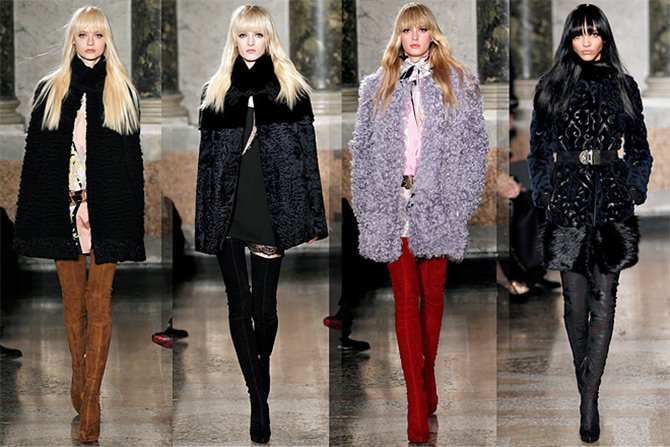
Uzbek karakul - the most inexpensive. Its curls are tight, tubular, light and thin. The size of the skins is small. And all this determines the cost and popularity of the skins.
Afghan karakul has a ribbed flat curl pattern. The size of the skins is slightly larger than the Uzbek, astrakhan fur with extraordinary brilliance, which gives it a luxurious look. This karakul is very high quality and light, and therefore its cost is much higher than the Uzbek one.
South African karakul (swakara) - karakul, which is produced in Namibia. Swakara has a flat curl. The skins are great. They are light and thin. This is the most expensive karakul.
As you know, sheepskin is denser, stronger and warmer than astrakhan and karakul, but an adult sheep does not have such a beautiful pattern of curls. What to do? Yes, they really raise sheep of the Karakul breed to get the karakul, but this, we repeat, is the skins of lambs, which are only 2-3 days old! Even if you are not from the "green" or vegetarian, all the same, somehow your soul becomes somewhat sad. However, a method has been developed for modifying the hairline of the sheepskin. By special processing, you can get artificial curls that are quite resistant to moisture, and are very similar to the curls of broadtail.
Karakul is divided into varieties and groups depending on the breed of sheep, the quality of the hair (silkiness, shine), the shape of the curls and their elasticity and, of course, depending on the defects.
Karakul, broadtail, smushka, lamb, webbing - these are all skins of lambs of a certain age of various breeds of sheep with primary hair. Karakul and karakul are obtained from lambs of the Karakul breed, and smushka, lamb and strap are obtained from lambs of fine-wooled, semi-fine-wooled, semi-coarse-wooled and coarse-wooled sheep.
The karakul of purebred karakul sheep is silky, dense with various curls. Curls are of several types: roll, mane, bob, ring, half ring, corkscrew, weasels, polka dots.
Skins of mixed lambs (from coarse-wooled and karakul sheep) - with a coarse hairline. They are low-silky, glassy-shiny or matte. Skins with varying degrees of curl.
Smushka - skins of lambs of dark sheep breeds, at the age of 2 - 4 days. The fur is soft, slightly shiny or dull, the curls are similar to astrakhan, but looser and even spreading.
Skins of fine-wooled, semi-fine-wooled, semi-coarse-wooled and coarse-wooled lambs are divided into several types:
Moiret - with a low hairline, with a moiré pattern.
Klam - with a low raised hairline, consisting of manes and rolls, with a moiré pattern.
Lambskin - with a soft or slightly rough, glassy-shiny or matte hairline, forming curls of various shapes (in skins - mainly on the ridge and rump).
Strap - soft hairline, which consists of curls in the form of rings or polka dots.
Shaking and sak-sak - soft silky hair, consisting of ring-shaped and corkscrew-shaped curls.
Swallowtail is very popular in modern fashion. The moire pattern with a beautiful shine gives the product an unusual appearance. Delicate and beautiful broadtail fur looks like a flowing dense fabric. Fur products are not only floor-length fur coats. These are coats, short fur coats, suits, dresses, capes, scarves, silk-lined shawls and many other luxurious wardrobe items that designers create, perfectly combining astrakhan fur and leather, leaving the silhouette graceful and feminine.
Karakulcha and astrakhan fur are highly plastic fur, so not only coats, suits and jackets, but also bags are sewn from it. Instead of the usual knitted scarf or stole, you can wear a broadtail fur scarf. You can wear it out, crosswise, fastened with a beautiful brooch, or you can wrap it snugly around your neck. In any case, it can be easily removed if necessary.
A fur bolero is a great alternative to fur vests. Bolero can be worn with an elegant cashmere coat or with a suit.
Winter time, whatever it may be - frost, cold, slush, ice, wind - you are not afraid of it when there are so many opportunities for experiments with such interesting materials as astrakhan fur, broadtail, lamb, webbing and many others ...
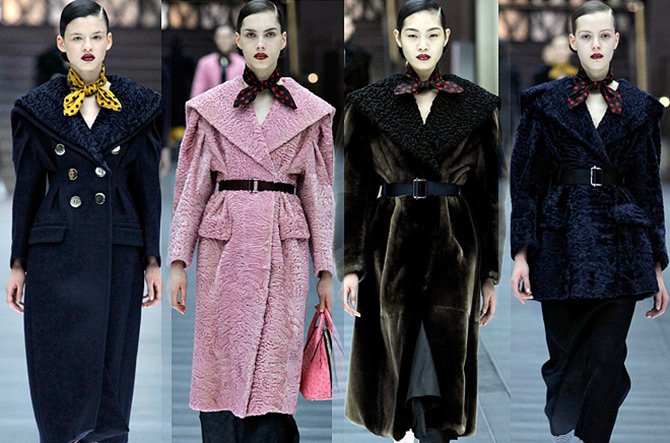
Comments and Reviews
Add a comment
Rating news
Shades of clothing that make women look younger
What shades of hair make women younger: rules and photos
Funny wedding dresses - photos and ideas
12 most expensive down jackets for the winter
How to look 25 at 40: tips from supermodels
Beautiful schoolgirls
Anti-aging haircuts and hairstyles for women
Fashionable skirts for autumn and winter
Fashionable women's trousers for the cold season
Fashionable and stylish sandals for summer 2024
Spring-summer 2024
 Fashionable dresses and tops with thin spaghetti straps
Fashionable dresses and tops with thin spaghetti straps
 Bandana tops: how to wear stylishly and beautifully
Bandana tops: how to wear stylishly and beautifully
 How to put together the perfect men's wardrobe for the summer
How to put together the perfect men's wardrobe for the summer
 Fashionable shorts for spring-summer 2024
Fashionable shorts for spring-summer 2024
 Fashionable skirts for spring-summer 2024: a guide to online shopping
Fashionable skirts for spring-summer 2024: a guide to online shopping
 The most fashionable dresses spring-summer 2024: styles and colors
The most fashionable dresses spring-summer 2024: styles and colors
 Fashionable total look 2024: image ideas and trends
Fashionable total look 2024: image ideas and trends
